Big Whale Almost Eats Two People In Kayaks Off California Coast
In an astonishing experience at sea, off the beautiful coastline of California, the ocean and one of its many creatures revealed its huge appetite, leaving onlookers stunned.
This event which involved two kayakers and a humpback whale, would leave even the most daring people awestruck—it was an encounter anyone would find to be a heart-stopping experience. How did it all happen? Read on to find out!
A Whale-ly Unbelievable Experience
One fateful morning, Julie and Liz were out enjoying themselves in a kayak along the shoreline of Avila Beach, California. However, they didn’t realize something unbelievable was about to happen.
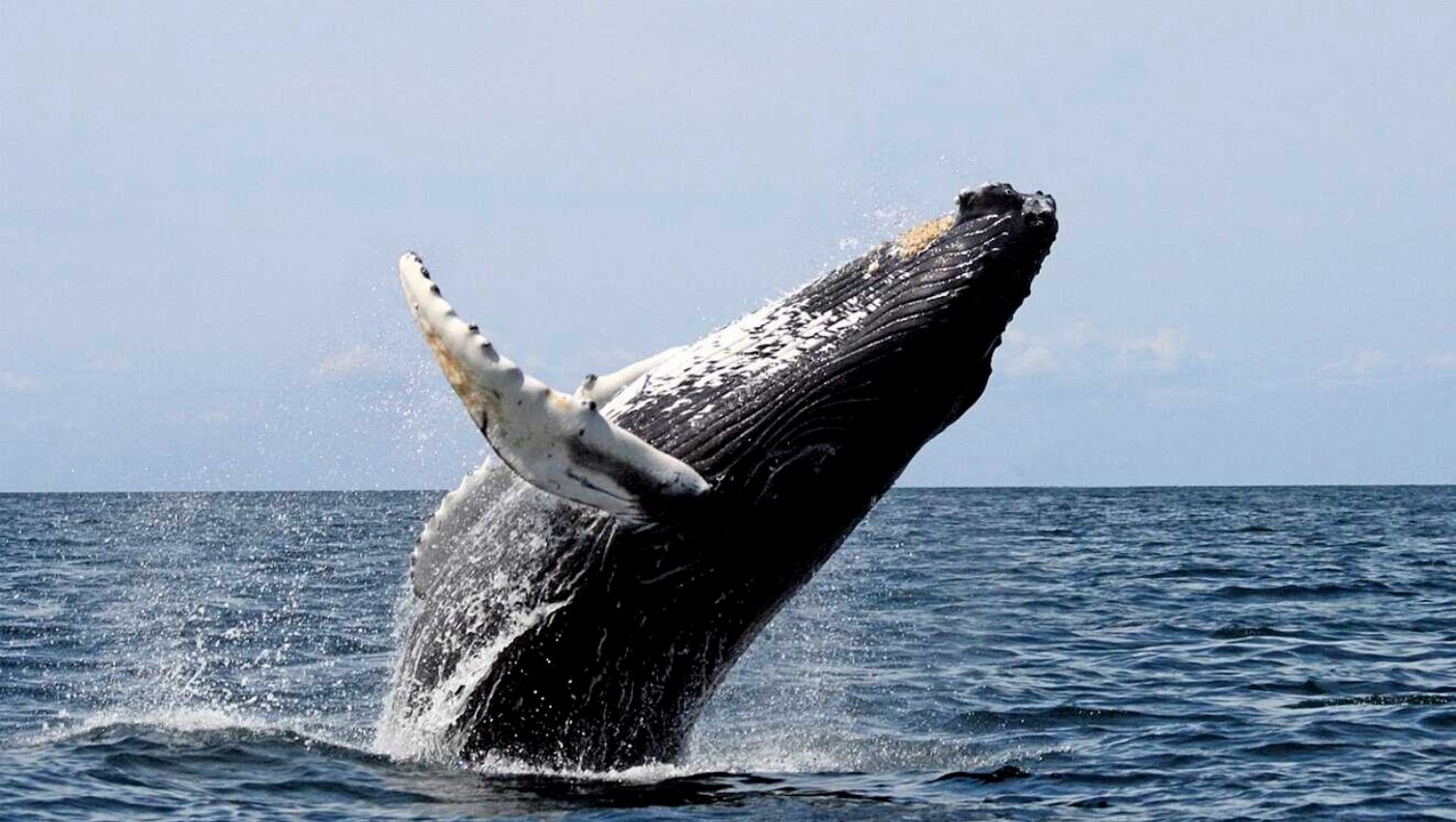
Sources: Wikipedia
This seemingly normal recreational activity quickly took an unexpected turn when all of a sudden they found themselves in the mouth of a whale.
From Animation to Reality
One could even say this experience draws parallels to the story of the animated movie, Finding Nemo. In the film, the main characters, Dory and Marlin, also found themselves in a whale of a predicament.
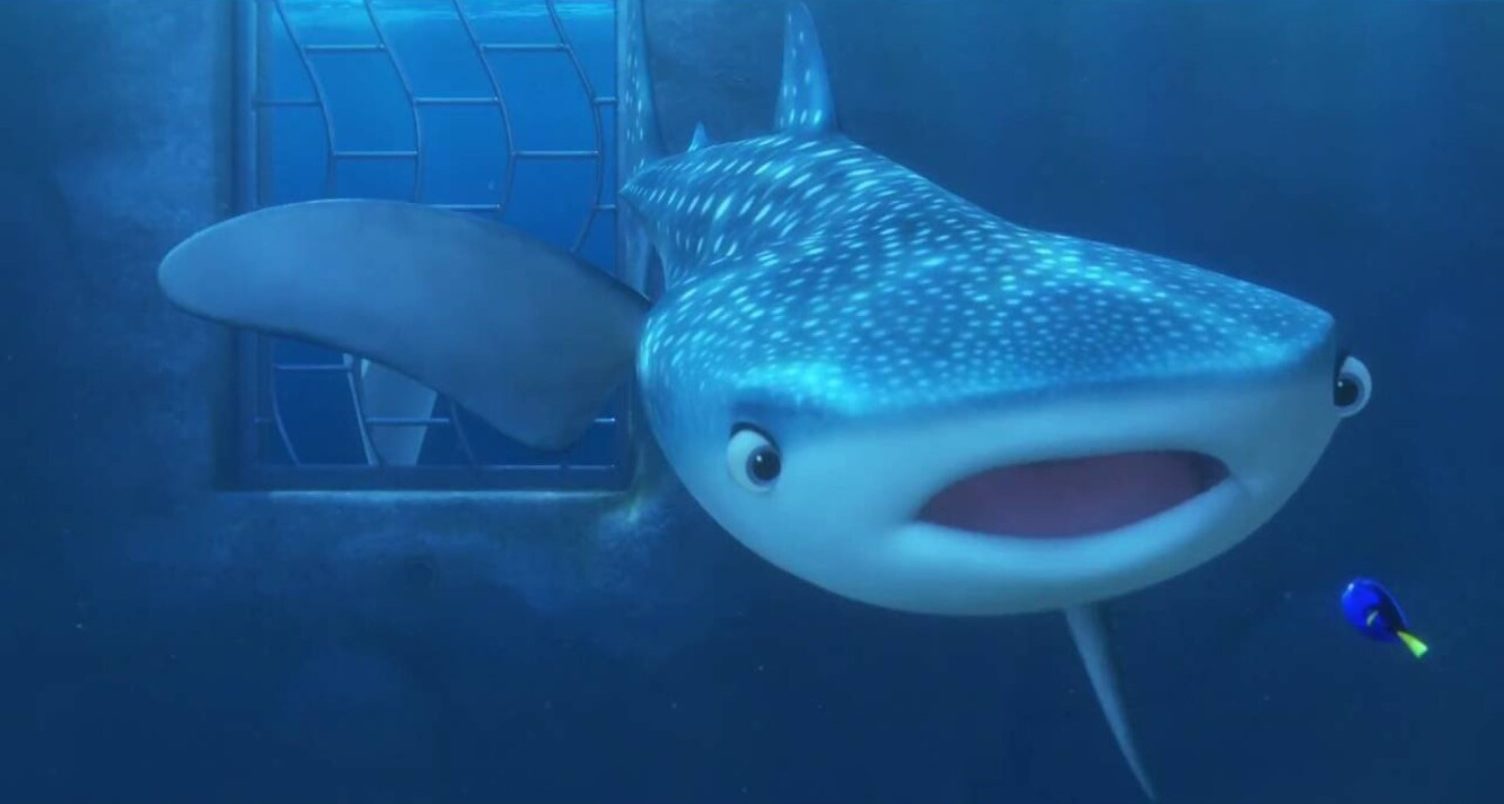
Sources: Pixar/YouTube
While Julie and Liz’s experience wasn’t exactly as in the animation, it demonstrates that the sea and its creatures are packed with unexpected moments that teach humans about our role in the immense ecosystem.
The Amazing World of Humpback Whales
Let’s take a peek into the world of this giant beast that had the kayakers in its mouth. Humpback whales are one of the biggest creatures in our oceans. They belong to what is known as the baleen family, and they have some remarkable features.
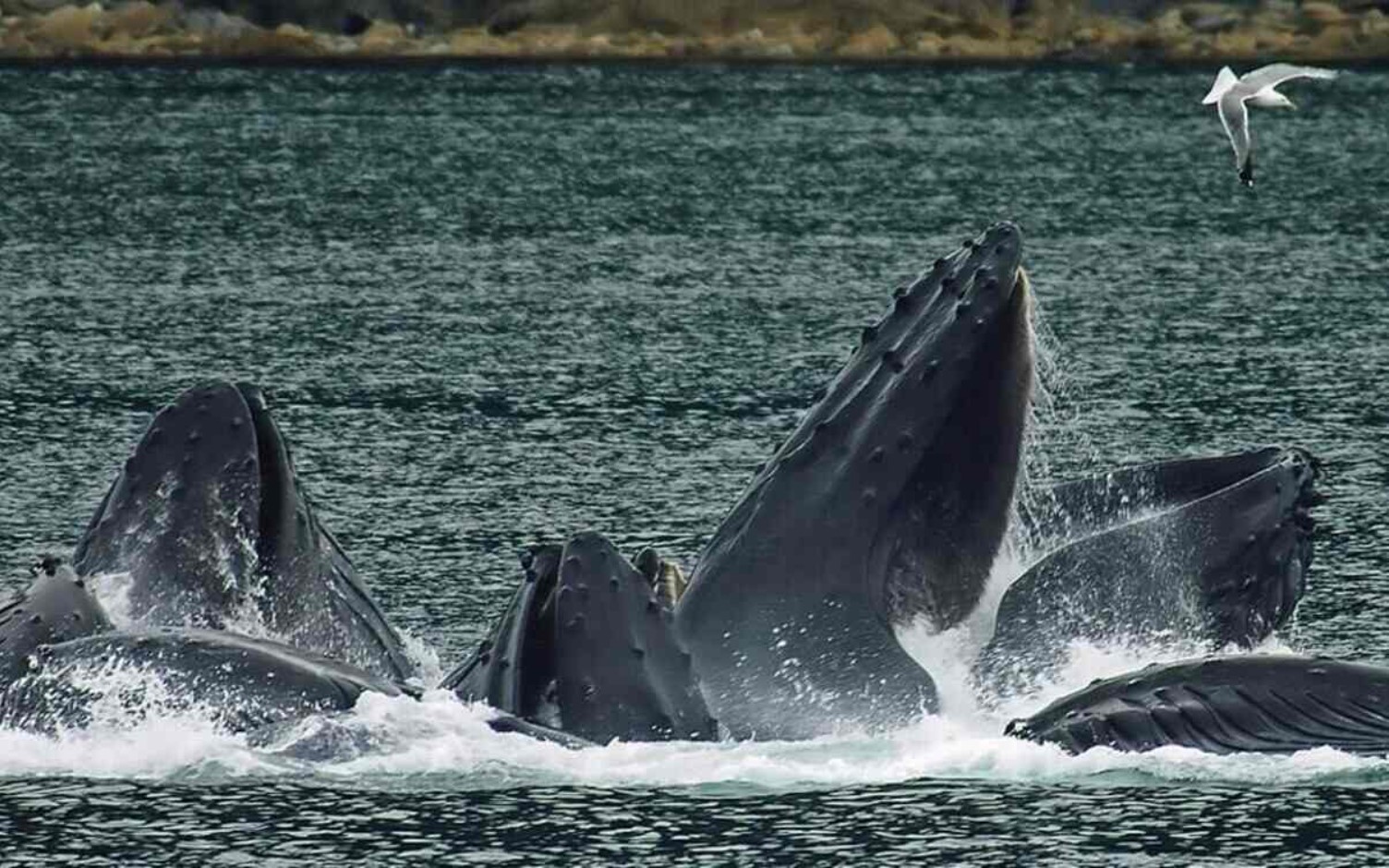
Sources: Wikipedia
For one, these whales have long fins, a special body shape, and humps on their head that give them their name. In regards to their size, adults can reach an impressive length of 45-55 feet, and can weigh up to a staggering 40 metric tons. One can only imagine the helplessness when your boat is within the grasp of such a huge animal.
Globetrotters of the Sea
Considering how big as these aquatic giants are, they are quite mobile. Many don’t know that humpback whales are globetrotters. These huge whales can be found all in oceans all around the world and can travel distances of almost 1,000 miles a year.
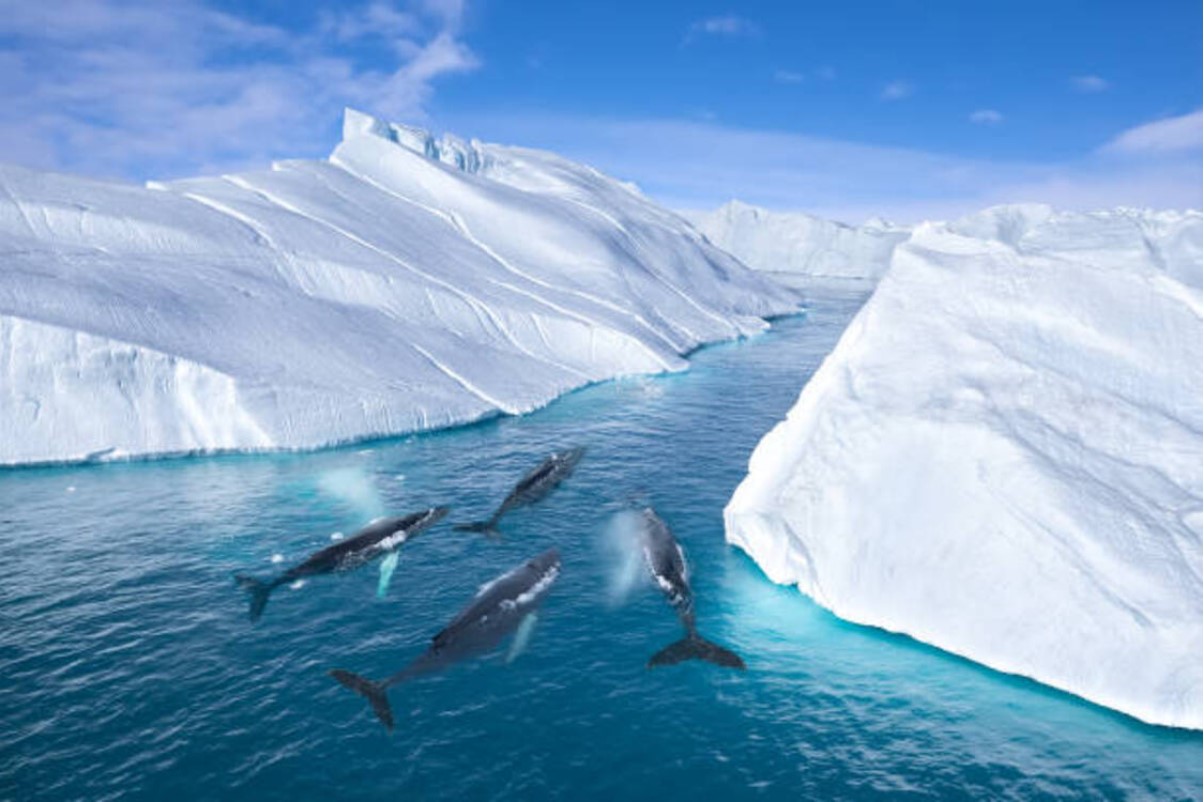
Sources: Getty Images
Regarding their diet, they like to eat in polar waters and have an appetite for krill and small fish. It’s quite surprising then that this humpback decided to go for a kayak with two humans in it—was it for a meal or for a different reason?
Surviving Against All Odds
Even as incredible as humpback whales are, they have faced difficult times. Long ago, they were hunted so much that they almost went into extinction. In the 1960s, only about 5,000 humpback whales were left in the world. However, that number has increased to around 135,000 today.
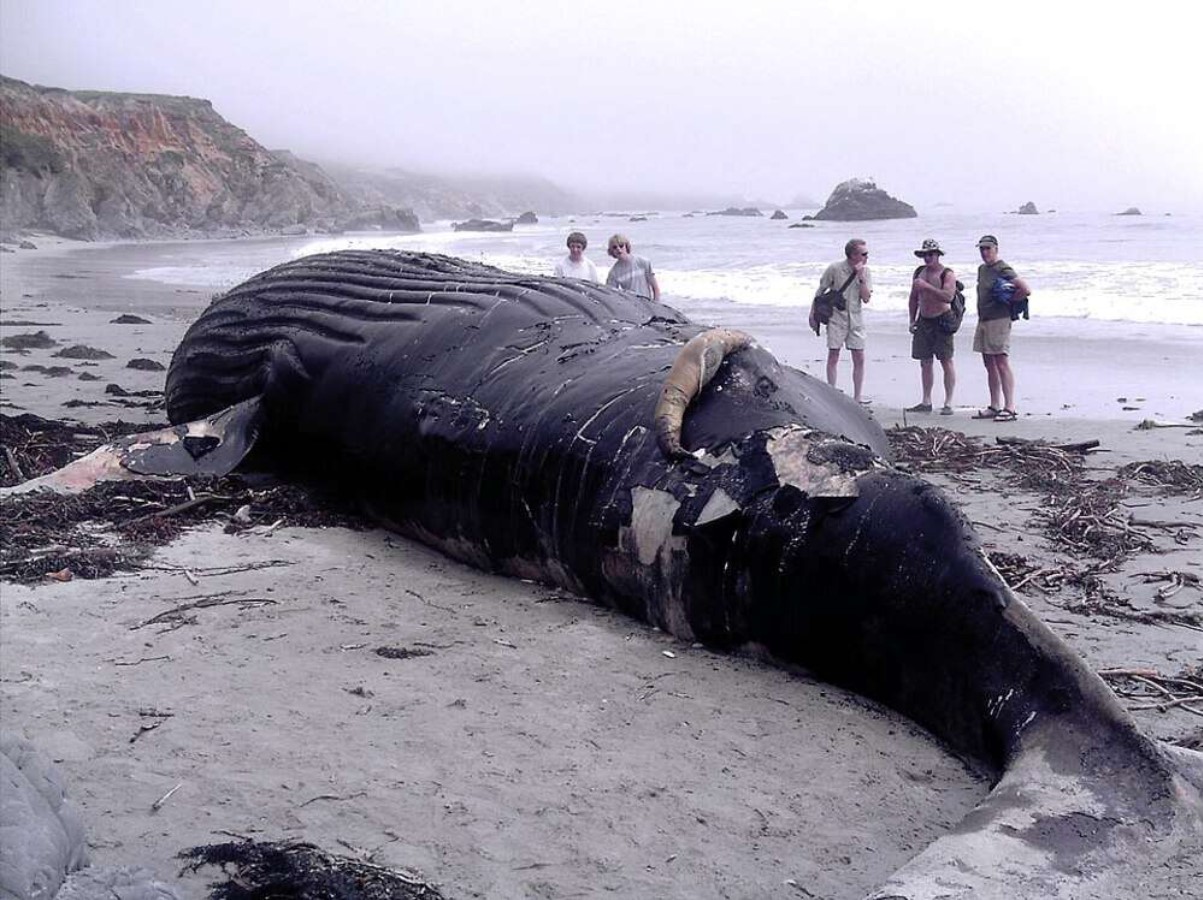
Sources: Wikipedia
Even today, whales still have to deal with dangers like getting tangled up in fishing equipment, colliding with vessels, and noise pollution. The encounter with the kayakers didn’t seem to be a mere collision though. Might we consider this an attempt at payback? Whales aren’t known to be vengeful, are they?
Nature's Wild Side
Although humpbacks don’t usually behave aggressively towards humans, Julie and Liz’s experience shows that nature and its many creatures can be unpredictable. Thankfully, the duo managed to escape the whale and lived to tell the tale. However, it is always best to admire these magnificent creates from a safe distance, which is a minimum of 100 yards.
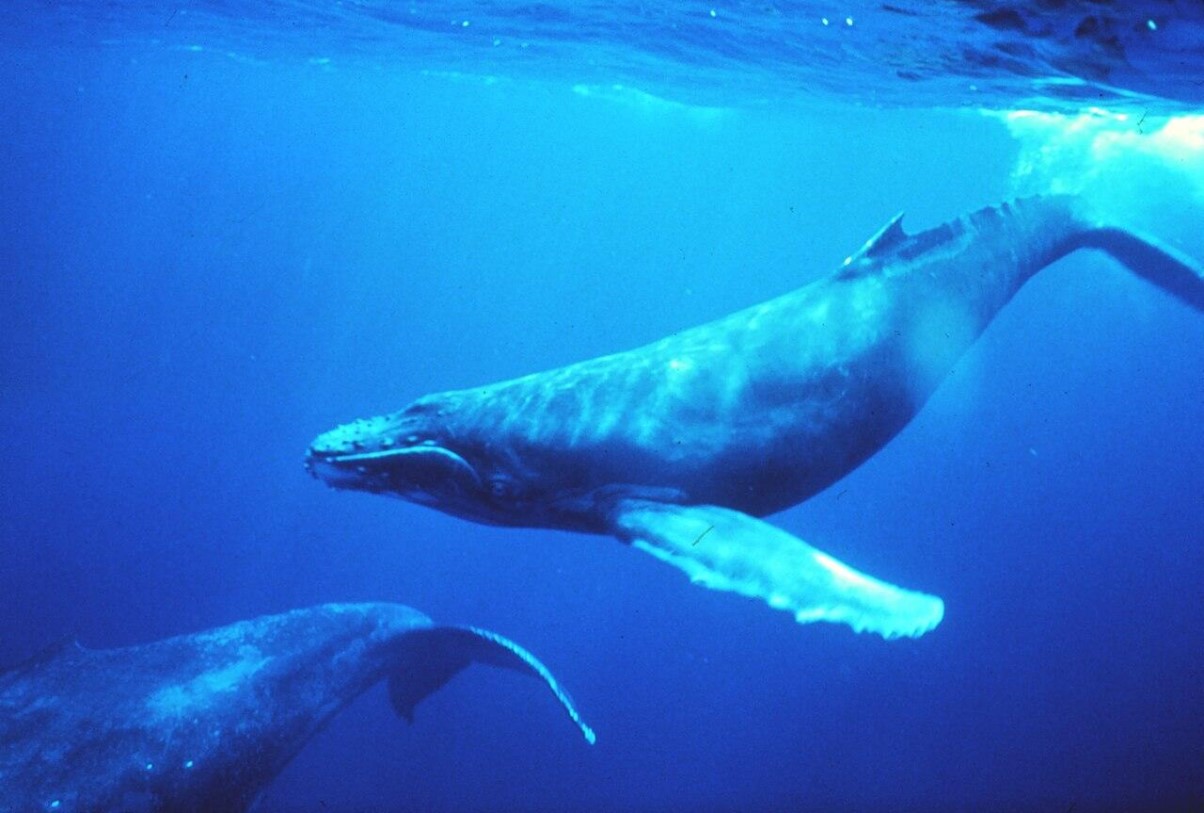
Sources: Wikimedia Commons
While maintaining a buffer zone, it is also important to know that these whales are protected by the Marine Mammal Protection Act, a federal law. So, you shouldn’t do anything to hurt them, either.
Guidelines for Whale Watchers
It is very important that everyone, even boaters, observe whales responsibly. So, if you find yourself on your boat or swimming close to them, always remember to try your best to avoid getting in their way—especially when you encounter mothers and their calves.

Sources: Getty Images
Humpback whales should always be given the space they need to swim as peacefully and freely as possible.
Respecting Whales From Above
Likewise, drone operators trying to capture humpback whales need to be mindful of their comfort. The loud buzzing sound that comes from drones can disturb and upset the giant mammals.
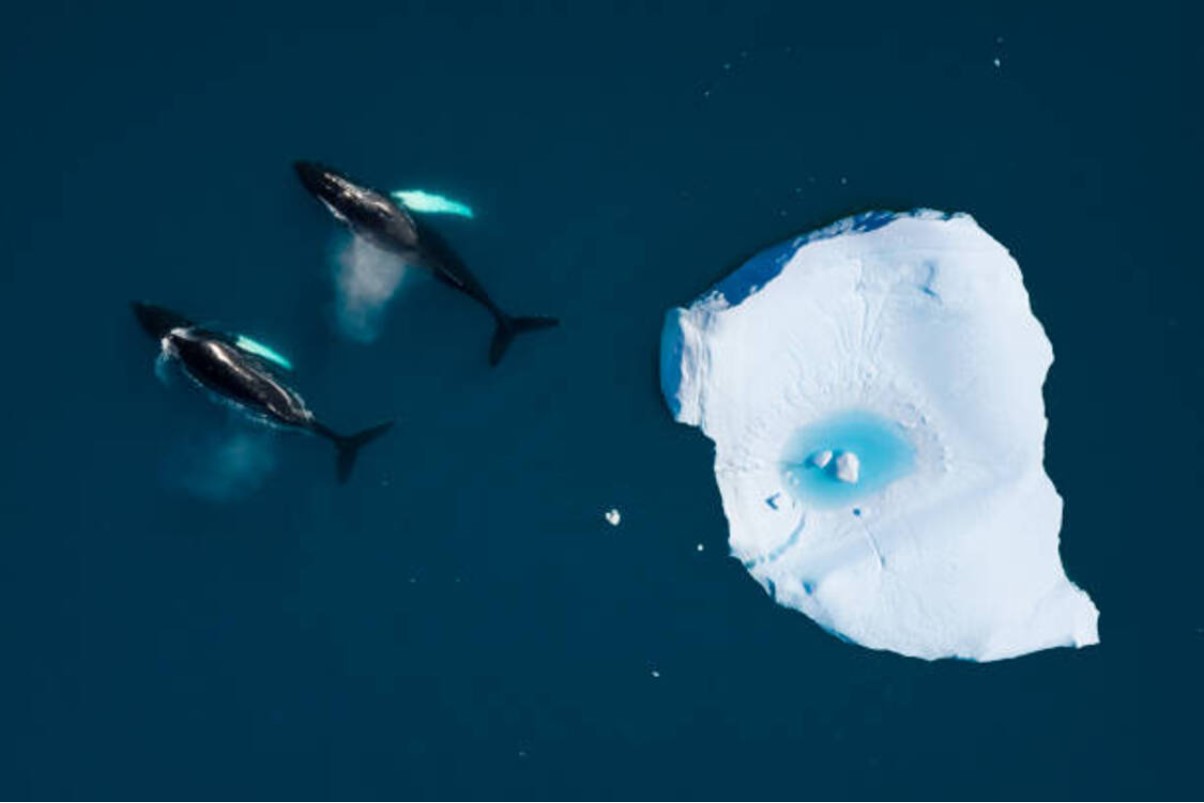
Sources: Getty Images
This consideration is why operators should not fly their drones too close or try to land them anywhere near the whales. By following the set guidelines for responsible viewing, everyone can ensure both their own safety and that of the sea creatures.
From Close Call to Life Lesson
No doubt, Julie and Liz’s experience of almost being swallowed by a whale is not only a thrilling adventure but also an important lesson. People need to learn to be “whale wise” in order to achieve mutual protection for both humans and whales.
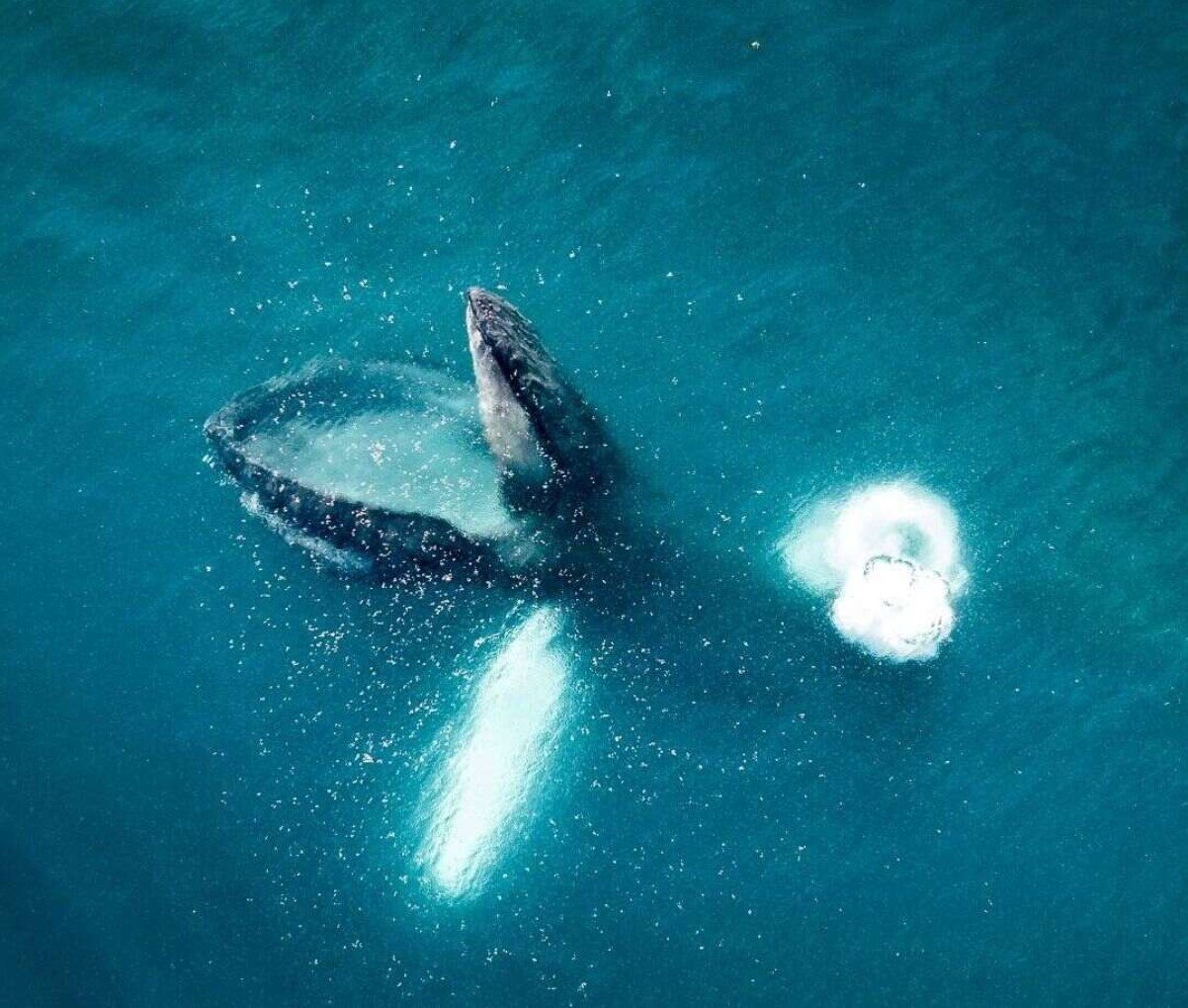
Sources: jvn.photo/Instagram
This way, whales can go about their journey across the many vast oceans, and humans can admire these tremendous creatures safely while respecting their boundaries.
